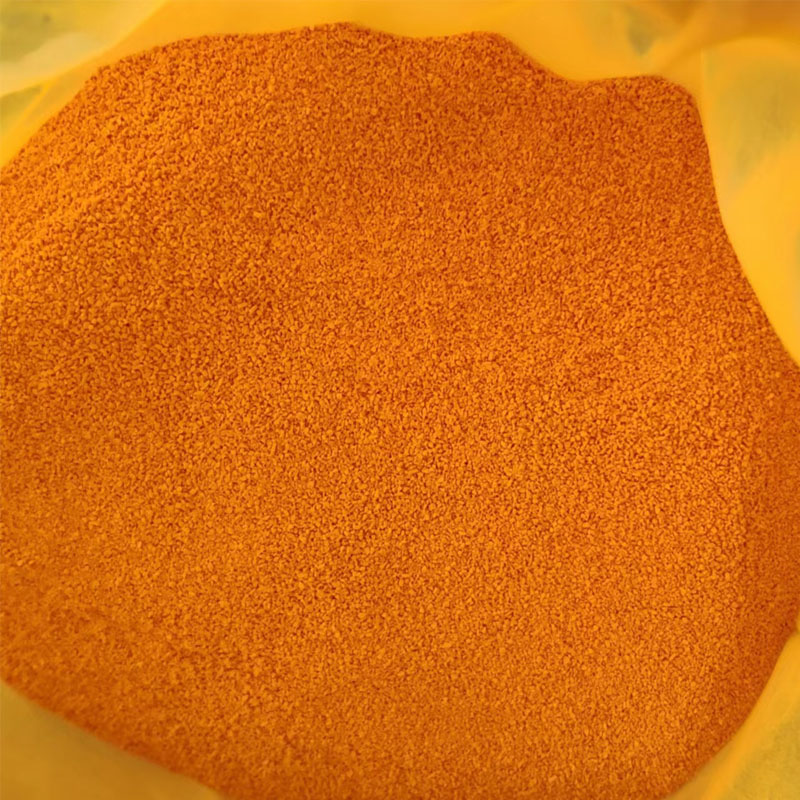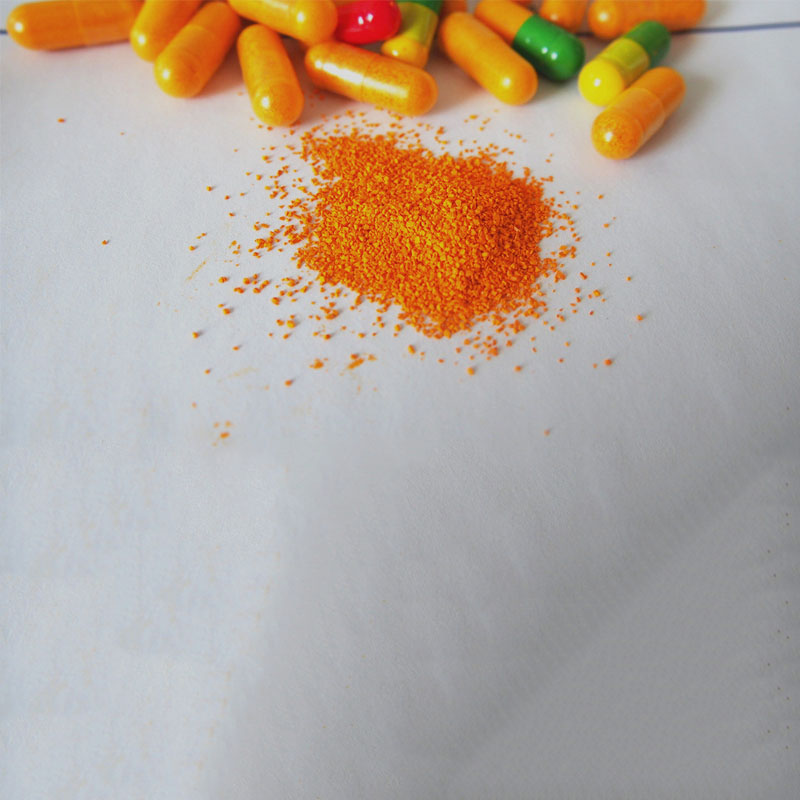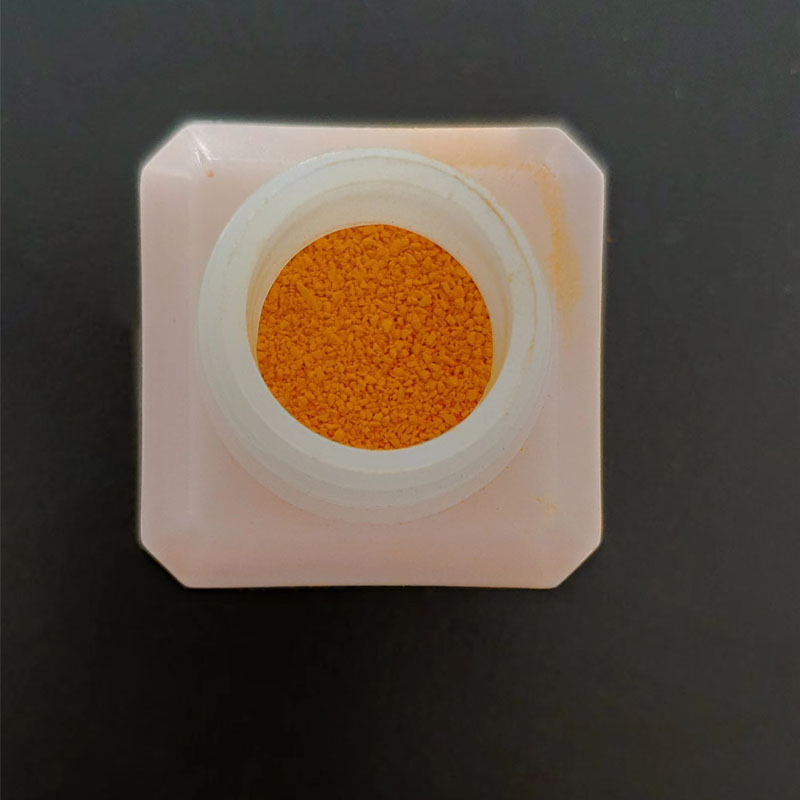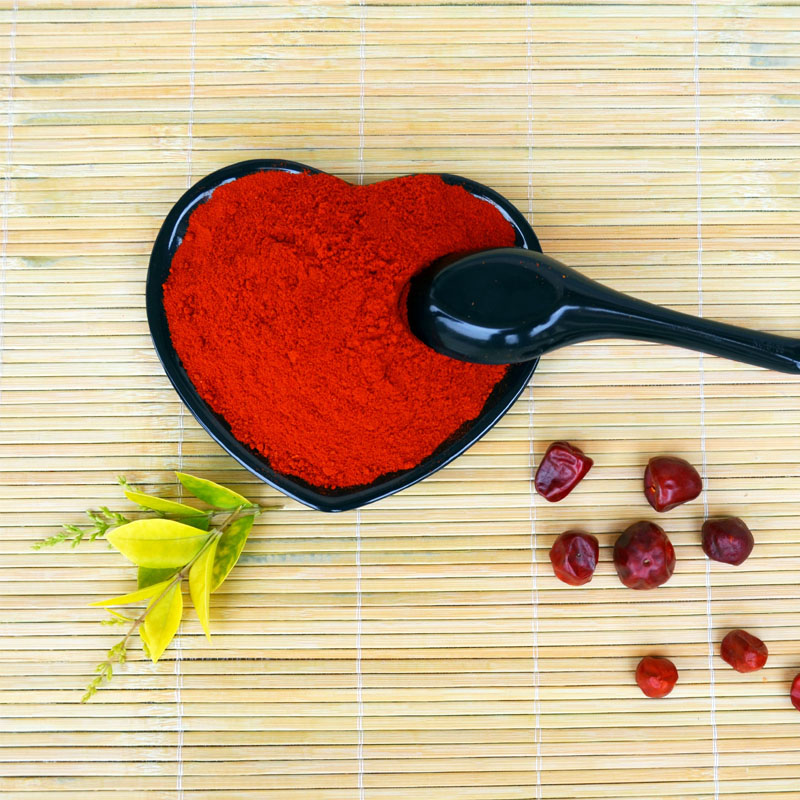Okwu Mmalite ngwaahịa
Chemically, curcumin is a diarylheptanoid, belonging to the group of curcuminoids, which are phenolic pigments responsible for the yellow color of turmeric.
Laboratory and clinical research have not confirmed any medical use for curcumin. It is difficult to study because it is both unstable and poorly bioavailable. It is unlikely to produce useful leads for drug development.
Laboratory and clinical research have not confirmed any medical use for curcumin. It is difficult to study because it is both unstable and poorly bioavailable. It is unlikely to produce useful leads for drug development.

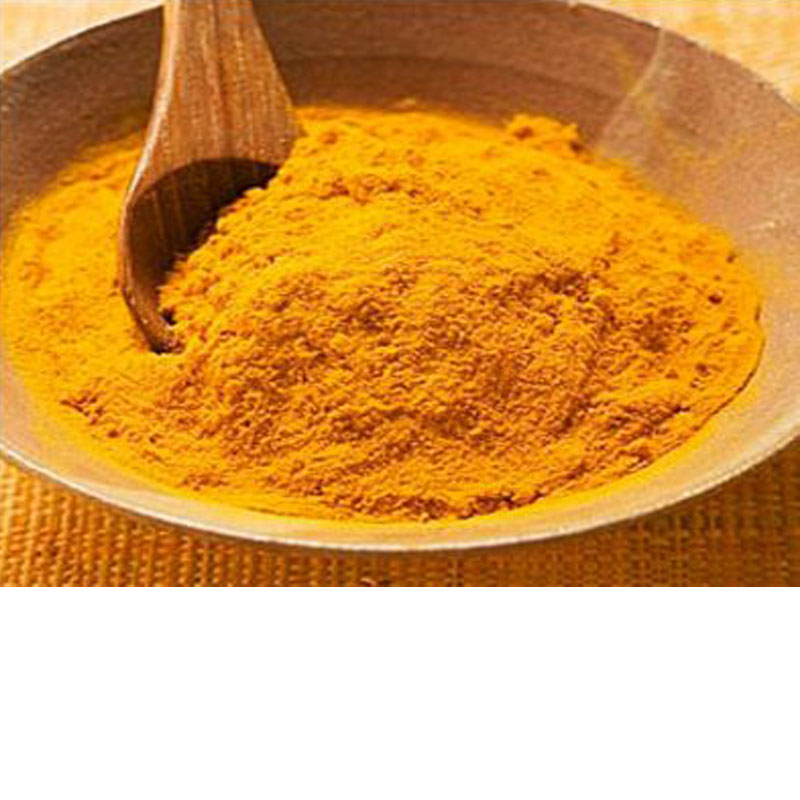
The most common applications are as an ingredient in dietary supplement, in cosmetics, as flavoring for foods, such as turmeric-flavored beverages in South and Southeast Asia, and as coloring for foods, such as curry powders, mustards, butters, cheeses. As a food additive for orange-yellow coloring in prepared foods, its E number is E 100 in the European Union. It is also approved by the U.S. FDA to be used as a food coloring in US.
Ihe kacha ewu ewu bụ 95% curucmin bụ nke a ma ama dị ka isi ihe na-emepụta ngwaahịa nri curcumin, nke ejiri n'ime katọn 25kg mechie akpa PE dị n'ime.
Ngwunye turmeric anyị na mgbakwunye ZERO na-ere ọkụ ugbu a na America, North Africa, Europe na wdg. ISO, HACCP, HALAL na KOSHER asambodo dị.
Dee ozi gị ebe a ziga anyị ya
